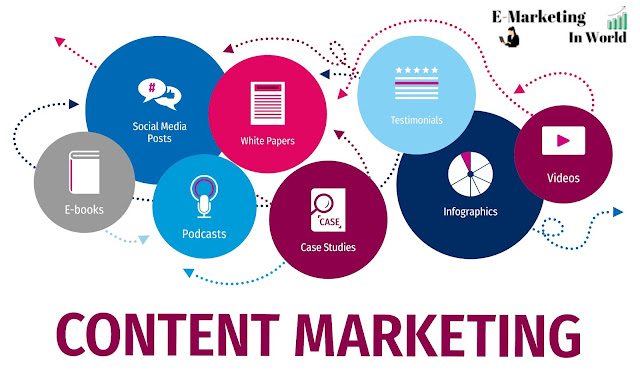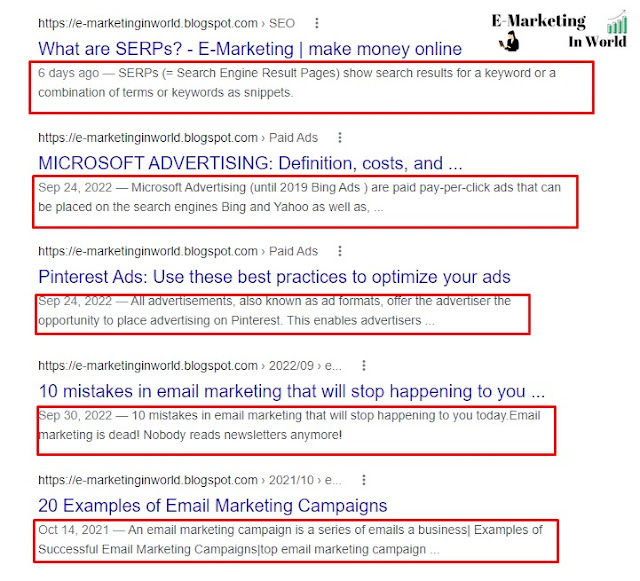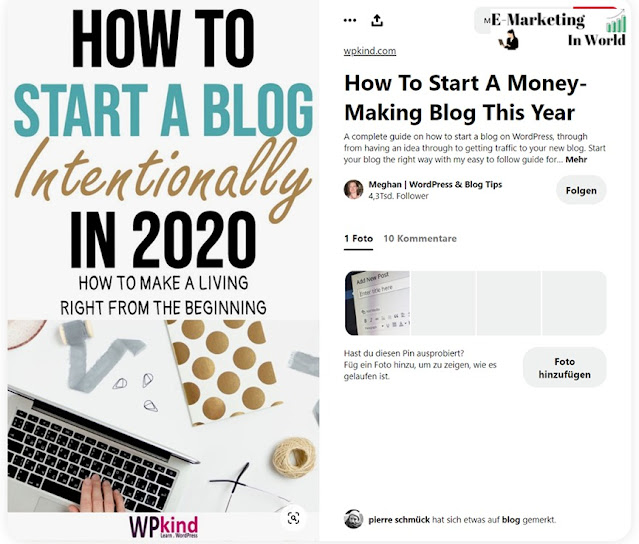 |
| content marketing |
The face of content is as versatile as it is multifaceted. On every corner you will encounter in the World Wide Web Content :
Sometimes in the form of a meme on Facebook, which wittily addresses the next Game of Thrones episode and increases the anticipation immeasurably - sometimes in the form of a classic, informative blog article in Google search, which gives you the long-awaited solution to your annoying coffee problem - always do you have to make the next coffee?! Can this really be? – delivers with colleagues.
For the content to perform properly on the various platforms and to have an impact on the target group, it must be tailored to the channels. In this article, get an impression of how content can be used for the different channels in marketing and what to look out for.
Before we start, however, I would like to get rid of one thing that you should definitely remember: Your starting point should not be which channel is the best to create content for the channel, but which channel is best suited to your relevant content bring the target audience. This selected content is then only prepared for the channel since every channel has different requirements.
Spoiled for choice: finding the right channel for the content!
Choosing the proper channels is the first step in getting content out there. There are primarily three types of channels:
1. Owned Media
Owned media refers to your own channels in online and offline marketing. These include:
- The website
- Your own newsletter
- Your own social media profiles
The big advantage of owned media is that with this type of content you have the most control over the published content. You decide almost on your own which content you want to publish and in what form. However, there are also disadvantages here, such as the fact that you can often only reach a very small reach of your target group with owned media.
2. Paid media
Paid media includes all channels that are paid for by companies to push content. This includes:
- Display advertising
- Social Media Ads like Facebook Ads
- Search Engine Advertising ( SEA )
With paid media, you gain access to broader masses than you can generate with owned media. In addition, you have great control over the content because you pay the providers and their goal is to make you happy with their performance.
An essential disadvantage, on the other hand, is that advertising loses a lot of credibilities and, as a result, trust. The target group is more quickly annoyed by advertising because the ads are marked as such.
3. Earned Media
Earned Media is the crème de la crème. If you can show a lot of earned media, you've made it and can pat yourself on the back for the work you've done. Because with Earned Media, your content is published by other websites and platforms. This opens the doors for your content to new user groups.
If the multiplier (sharing website, blogger, or other) is also renowned and enjoys a high reputation in the target group, your shared content receives an enormous leap of faith and credibility. So to speak, this is free advertising from other companies for you, which is only due to first-class content. So the best thing that can happen to you!
You may have already noticed: Every social media network is an exception here. The own social media profiles can mostly be counted among owned media. However, only the platform itself has the right to block your company website. That's why you never have full control over your social media presence here. In addition to owned media, the channel can also be divided into earned and paid media.
Earned media includes sharing your content with other users. Many social networks now also offer ads – the option of making your content accessible to a wider audience with paid advertising to increase your target group.
The best method of distributing content is certainly to use a mix of all three channels. Only with paid media can you gain the reach you need to draw attention to your owned media content. Earned media, on the other hand, gives you the credibility and authenticity to build trust in the target group, which you absolutely need for a long-term customer relationship.
But which channels are really suitable for your content? How do you recognize that best? In the following I will show you the three most important marketing channels for online content marketing :
Do content marketing for SEO
Very classic, but never goes out of style: Content is mainly primary search engines such as Google and Co. Only with SEO -optimized content can the target group find their own content in the SERPs and benefit from it.
But to be number 1 in Google, you have to consider a few things:
- 1. Search engines strive to meet the needs of the searcher. If the search intention on your site is not met, you will slide further down the search results pages.
- 2. Before you create your content, you should think of the main keyword that has a good search volume (at least in the three-digit range) and make sure that your topic content matches the chosen main keyword. So you can cover the search intention.
- 3. The main keyword and, of course, the various semantic keywords should appear in the text to an appropriate extent (often to be relevant for the search engines, but also placed sensibly so as not to attract the reader's attention in an excessively negative way) and in the headings and subheadings.
- 4. Every page you publish on your website deserves an engaging snippet. Because the snippet is the figurehead of your landing page, so to speak, and the first thing a user sees. The snippet appears in the search results pages and should ideally provide an overview of what the user can expect on the page. With smileys, featured snippets, structured data, and special characters, your snippet gets the greatest possible space in the SERPs and thus the greatest attention from the searcher:
 |
| content marketing |
Google and other search engines have numerous other ranking factors in their repertoire, but not all of them are known. If you would like to find out more about the ranking factors of Google and Co., I recommend these SEO articles:
- CTR as a ranking factor (Daniel Sternberger)
- Time is money – Good loading times (Matthias Reincke)
- Page Experience as a Ranking Factor (Steffan Drews)
Write content for SEA
Preparing content for SEA is sometimes not as easy as you might think. You may have a super-performing landing page in SEO, but it doesn't work at all for Google Ads? What can be the reason?
Of course, the CTR of your SEA measures fails miserably, even if the search intention first doesn't match the ad and then doesn't match the landing page either.
"Search intention - ad - landing page" - if these don't match, the ad can't perform either.
The result: You spend money unnecessarily without satisfactory results.
The solution: change the wording of the ad or optimize the landing page.
A little tip: Be sure to stick to what you say in your ad. Nothing is worse than a disappointed expectation... You mislead the user with your promise - be it unconsciously or consciously: He will not come back to you one way or the other!
As a SEA manager, however, your hands can often be tied when it comes to landing page optimization. For example, the landing page set for the ad for Facebook or for SEO performs extremely well.
Then a SEA landing page makes a lot of sense. In this article, Annika Wurm tells you how you can make a SEA landing page fit for your ad.
Create content for social media
The requirements of individual channels are particularly noticeable in content marketing social media. Hardly any other marketing channel has such specific requirements for content as social media. If the target group for SEA and SEO is prepared to read long texts, these are absolute killers on Facebook, Instagram, and Co.
So copying an article into the next post is not. So what then?
In social media, there is much more interactive content and snackable content that the target group finds pleasantly entertaining and exciting. This is the only way to achieve success for your company on this platform. When creating the content, you should therefore already plan for what you want to prepare the content and already think about the graphic creation. With interesting and beautifully designed tutorials, for example, you can easily score on Pinterest and then easily link to your how-to guide.
 |
| content marketing |
Consider channel usage as early as the content planning stage
Optimal use of the marketing channels available to you is therefore only possible if you already consider during content planning which channels fit the planned content and optimize the content for this channel in the content creation. Of course, it is also essential to know where your target group is most likely to be active and where you can find them without much effort.
Whichever channel you end up using, it is important in your content marketing strategy to devote some of your time and effort to considering which channels will best and most meaningfully help you to distribute your content. Content seeding, as the distribution of content is called, is always part of the content strategy.


Comments
Post a Comment